When it comes to vehicles, most problems will usually show early signs before it becomes a full-blown concern. Just like experiencing most types of illnesses in humans, there are usually indications that can often lead to a bigger problem if left untreated. This is also the case for most of your vehicle parts.
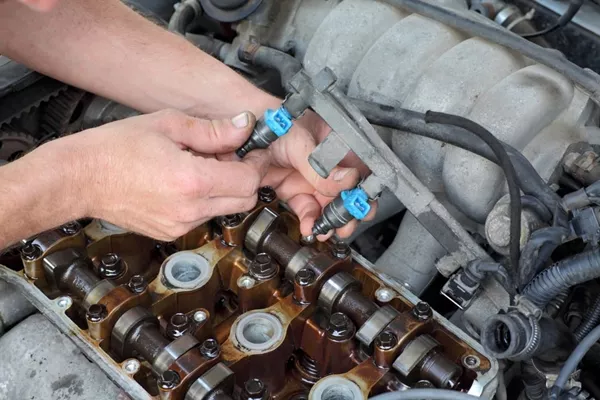
A fuel injector is one of the many vital parts responsible for keeping your car in good running condition
Some examples are the brakes, the engine belts, and the fuel injector. Everyone knows that car repairs are worse than maintenance routines, especially when it comes to costs.
So before your failing fuel injector gives you more problems than your budget allows, it’s best to recognize its early signs. This article from Philkotse.com will help you with that.
History of fuel injector
A fuel injector is one of the many vital parts responsible for keeping your car in good running condition. A lot of the vehicles from sometime in the 1980s until today are built with advance electronic fuel injection engines.
This is contrary to the carburetor-equipped vehicles that were always in the mainstream.
Judging by the name, the main part of these fuel injection engines is the fuel injector. It is true that most vehicle owners who have this type of vehicle almost never have a problem with fuel injectors.
But it can definitely get clogged, dirty, fail and require replacement.
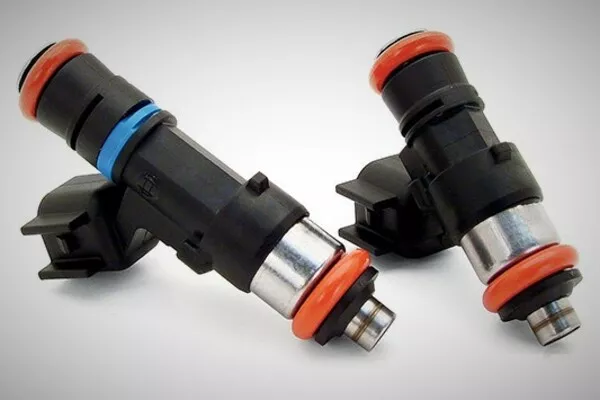
A fuel injector is one of the many vital parts responsible for keeping your car in good running condition
>>> Related: A summarized guide to all of your car parts & functions
How do fuel injectors work?
The most basic explanation as to the purpose of fuel injectors is to supply the vehicle engine with fuel. The injector mainly sprays (or in this case, injects) the fuel into the engine’s cylinder using a nozzle.
This lets the engine’s internal combustion process begin. The fuel should be delivered every time at the right moment and at the right amount. It should also have the correct spray angle, spray pattern and pressure.
The ECU or Engine Control Unit is the main computer of your vehicle. In fact, it’s like the brain of any other vehicle on the planet. This is responsible for managing many of the individual components in your vehicle including the fuel injector.
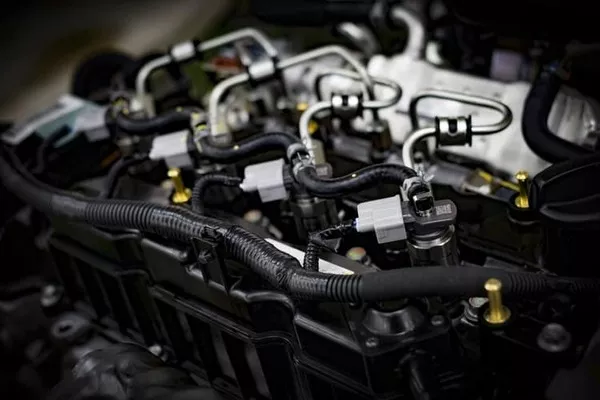
The most basic explanation as to the purpose of fuel injectors is to supply the vehicle engine with fuel
The ECU utilizes various sensors in your vehicle to make sure the fuel is sprayed at the right moment and with the right amount. This is to make sure that the correct fuel and air mixture is created. The fuel pump in your vehicle pushes the gasoline stored in the tank.
This then goes into the fuel lines before it goes into the fuel injectors. If the ECU thinks that the vehicle needs fuel, it instructs the fuel injector solenoid to do its job. This part opens to let the pressurized fuel spray out into the vehicle’s cylinder.
>>> Related: How to clean fuel injectors without removing them?
Common signs that your fuel injector is failing
If there is something that went wrong with one or even more of the fuel injectors in your vehicle, your engine won’t be as efficient. A defective fuel injector can mess up the intervals when fuel needs to be sprayed.
It can also prevent the fuel from being injected into your engine when it’s supposed to be prayed. In shorter terms, your vehicle may not be as dependable as it used to be in terms of performance. Depending on the case, your vehicle may even refuse to work.

A defective fuel injector can mess up the intervals when fuel needs to be sprayed
Below, we listed some common signs that there is something wrong with your vehicle’s fuel injector. Some of the signs of dirty or clogged fuel injector can appear similar.
So, it’s best to perform some troubleshooting before you take out some cash for the mechanic. Run a good fuel injector in your fuel system first and see if that makes things better. If not, then maybe a mechanic is what you need.
>>> Related: 2 ways on how to flush a fuel injector safely and effectively
1. Engine stalls or rough idle
This can happen if your vehicle is not getting adequate fuel or receives uneven fuel. The RPM, while you keep your vehicle on idle, will drop below the supposed optimal level. T
his will eventually result in a rough and sometimes, violent idle. If the vehicle’s RPM is too low, the vehicle will stall and you’ll have to restart it all over again.
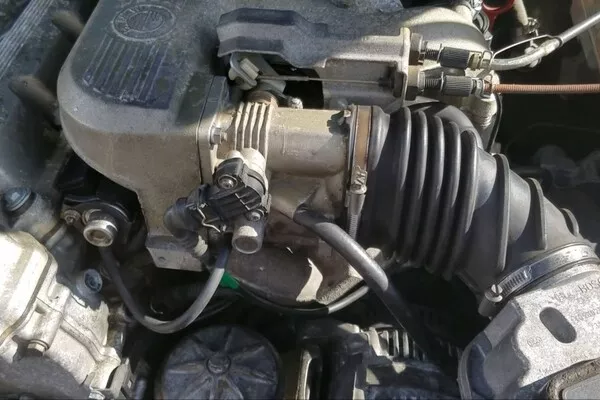
Engine stalls or rough idle can happen if your vehicle is not getting adequate fuel or receives uneven fuel
2. Unnecessary engine vibrations
If your fuel injector is faulty, it will cause the corresponding cylinder to do its job properly. Put simply, the engine will hiccup or vibrate. This is what will happen if it tries to finish each of the cycles with no fuel.
3. Engine misfires
Engine misfires mean that your engine isn’t getting enough fuel. As we discussed earlier, the fuel is sprayed or injected, but not if the injector is clogged. If the engine misfires, your vehicle will most likely struggle whenever you try to accelerate.
There may even be a pause once you try to step on your vehicle’s gas pedal. Regardless of the effect, you’ll want to take care of this asap. If not, your engine will become susceptible to problems like overheating.
Other threats include problems that happen if you get the air and fuel mixture upset.

Engine misfires mean that your engine isn’t getting enough fuel
4. The check engine light is on
The most obvious indication that there is indeed a problem under the hood is the check engine light. This would generally mean that there is something wrong with your vehicle that you need to figure out.
If there is a problem with your fuel injector, the check engine light would definitely light up.
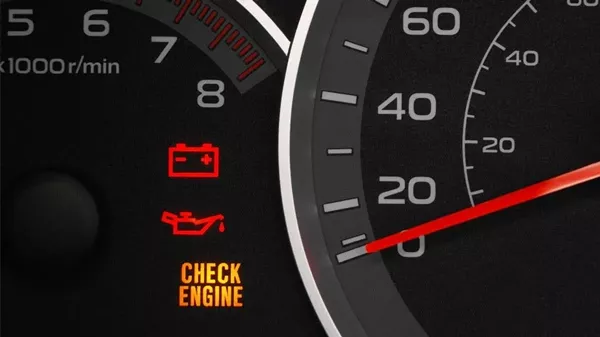
Falling fuel injector means there is indeed a problem under the hood is the check engine light
If the fuel injector gives less fuel or more than necessary, the engine performance is affected. This is what triggers the Check Engine light to turn on. You can consider two options to resolve this.
First, you can get an OBD2 scanner or a scanning tool to check the trouble codes. Depending on your tool, you may not be immediately able to tell what’s wrong with your ride.
Some tools, however, are high-tech enough to pull out the codes and give definition to them. Once you know what’s wrong with your vehicle, you can set to work on the repair yourself. If you’re not knowledgeable in this area, you can, of course, consult an expert.
5. Leaking fuel
If the fuel injector is cracked or damaged, the gasoline will leak. This means it won’t be able to get to the nozzle. It will leak out instead. If you inspect the fuel injector, you may notice the gasoline near the fuel rail or on the exterior.
Recent posts
- Car maintenance: 5 signs of automatic transmission problems Aug 17, 2022
- 5 Signs of a Failing Timing Chain that every driver should know Aug 16, 2022
- Diagnose the signs of a bad car spark plugs Jun 09, 2021
- 7 signs your car needs a tune-up Aug 16, 2022












